I am interfacing some industrial (24v) process control equipment to some new projects in the embedded realm of electronics (3.3/5V small signal) and am coming up with some simple solutions for controlling a valve with an existing sensor.
The level sensor is a 4-20mA 2-wire transducer, so I was considering just terminating it to a practical level (1-5V) then using that as the inverted input to an inverted schmitt trigger in order to provide a debounced output to a solenoid through an nFET. I know there are also specialized SR latch IC's that do this in smaller packaging, etc. Didn't know if there were some other tried and true ideas out there that would perform better that are more minimal. Is the use of zeners recommended? I was thinking I could use some kind of selector knob to modify Rf to change the H/L SP gaps.
Thanks
- Thoughts on the size of Rf?
- Thoughts on my Vhyst band?
- Would zeners, if available in the voltage desired, be a better plan? Are those part tolerances usually better? While my transducer isn't usually too noisy, the setpoints are rather specific, so I'm envisioning this or some fairly expensive .01%tol parts. The resistor values themselves seem to get a little dicey at 28.37k; I am willing to do a series combination I suppose.
- One thing I am curious about is if I wanted to add a selector knob to "drastically" change the thresholds to one of many possible combinations, does that rule out this circuit for practical use? I'm sure I could feed the Vouts of 10 of these triggers independently into a 10-p switch, but that might feel like a bit much. And it feels like a far cry achieving specific thresholds like that by potting out just one of the resistors in the circuit.
